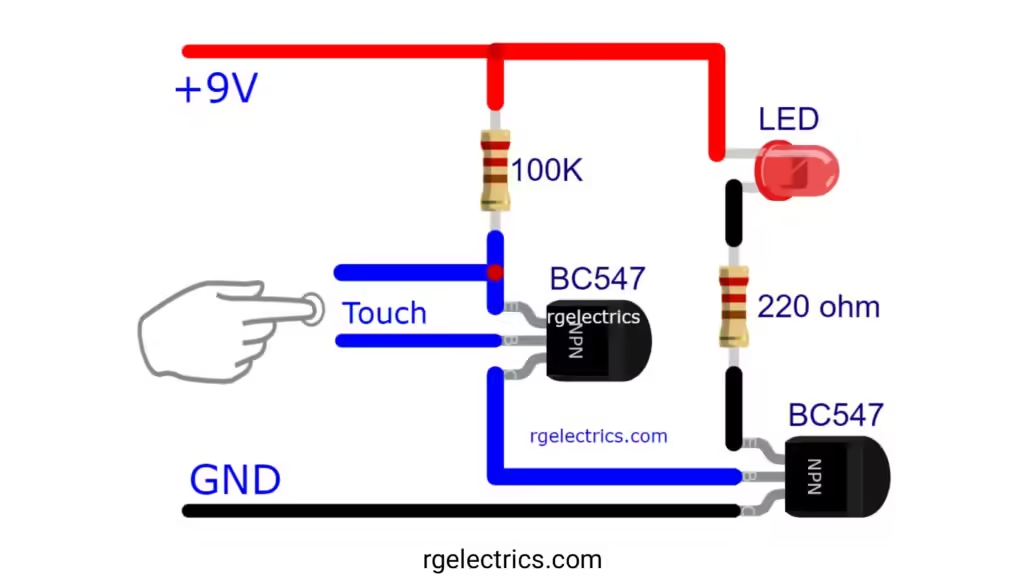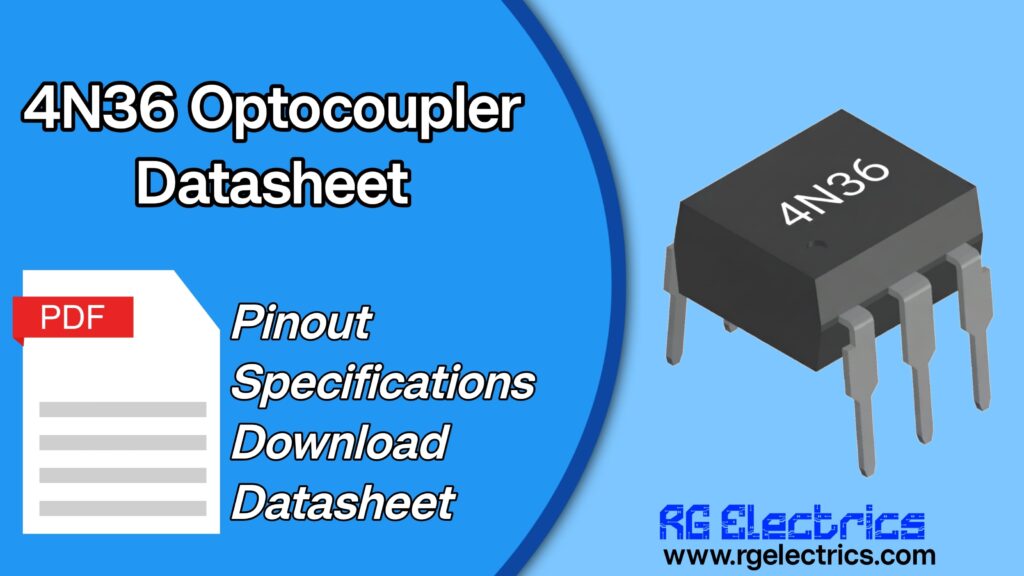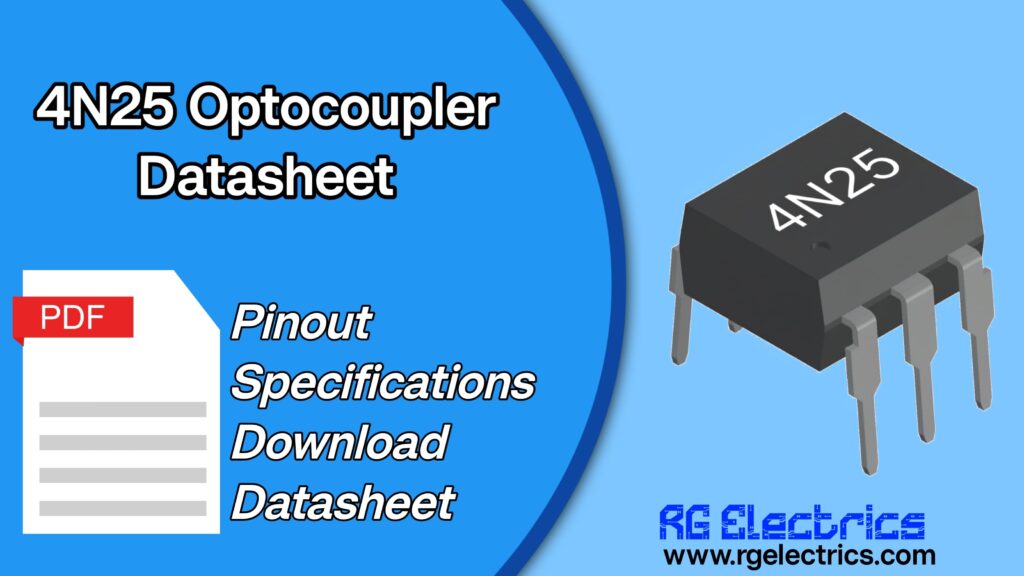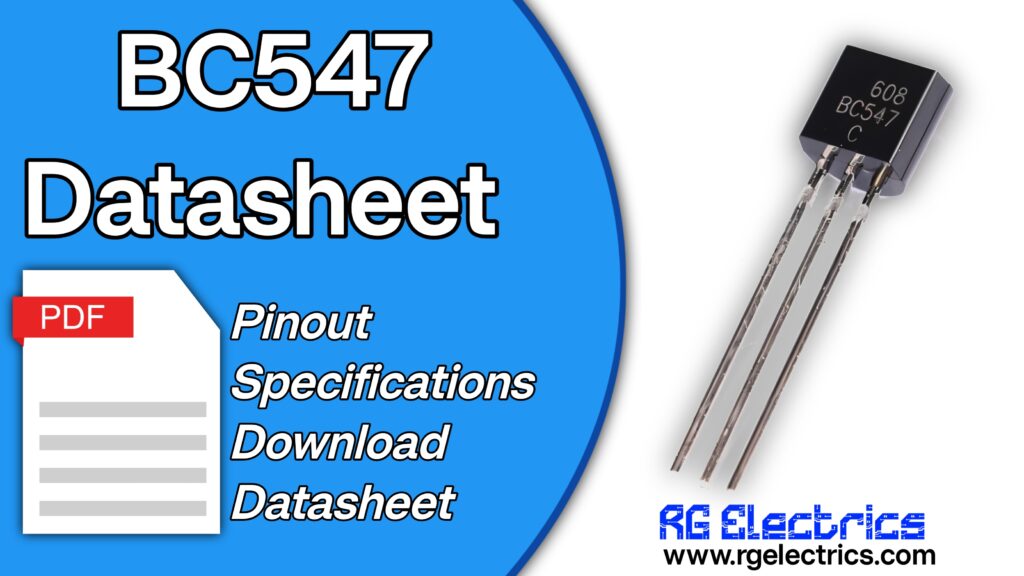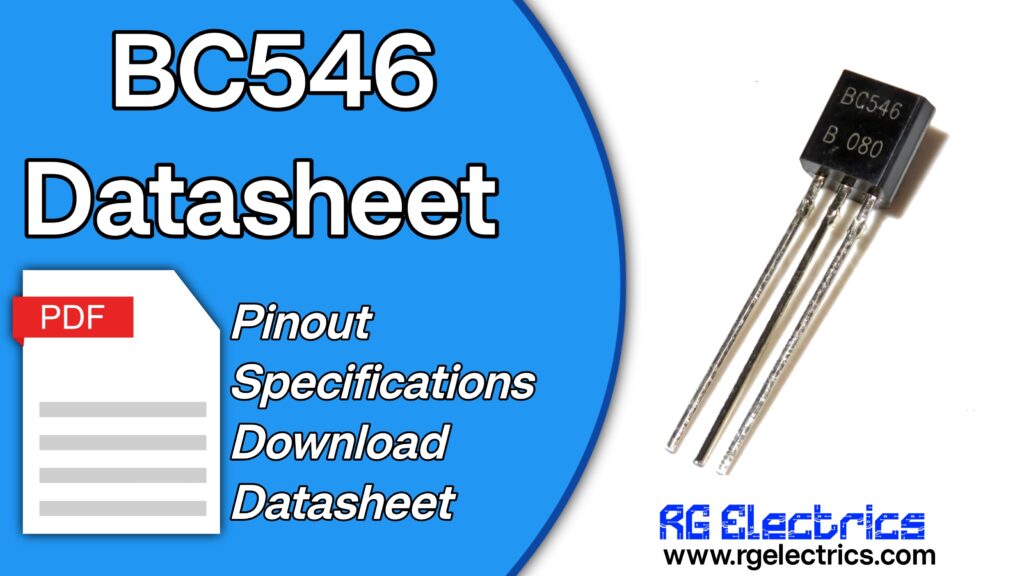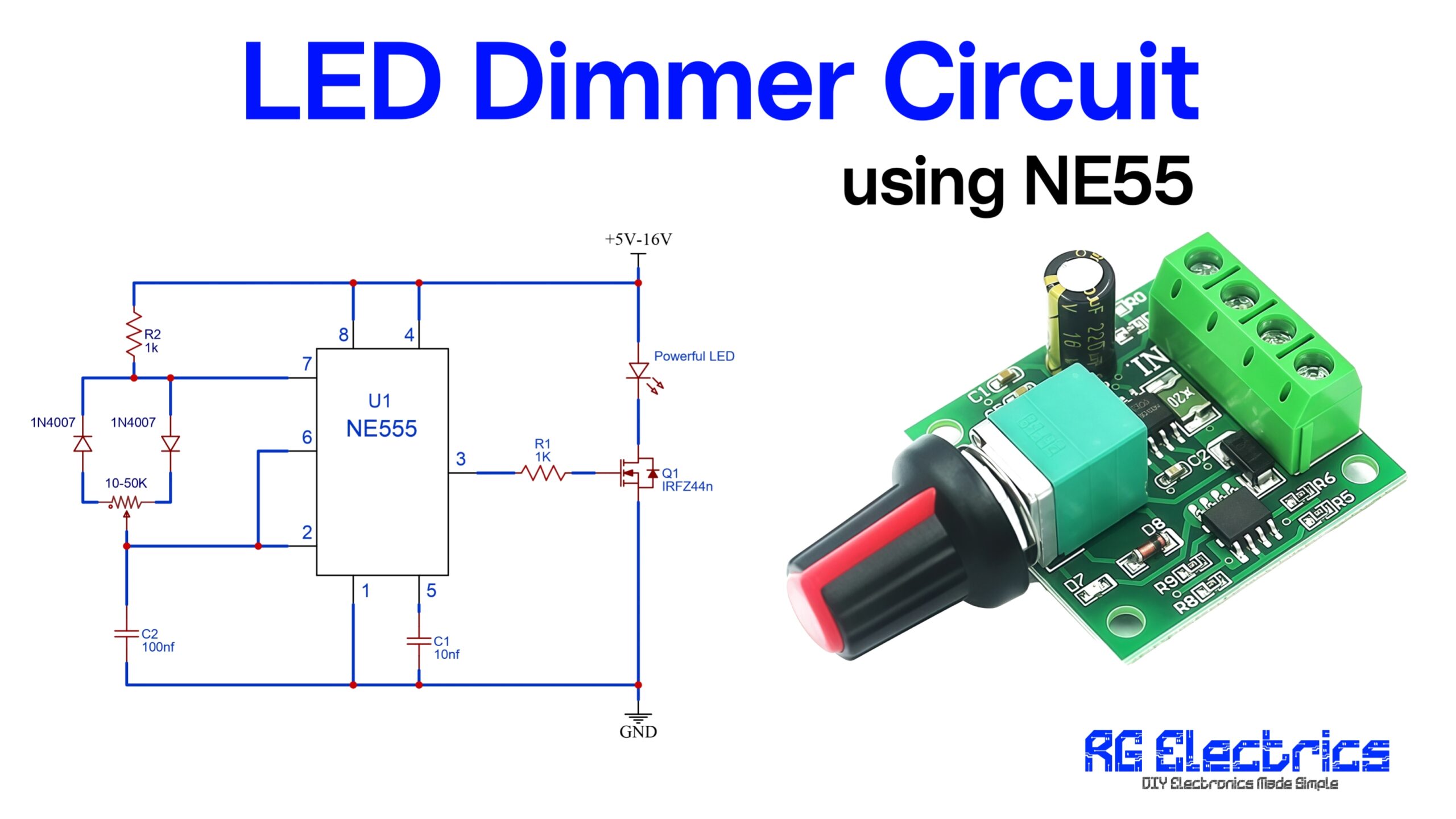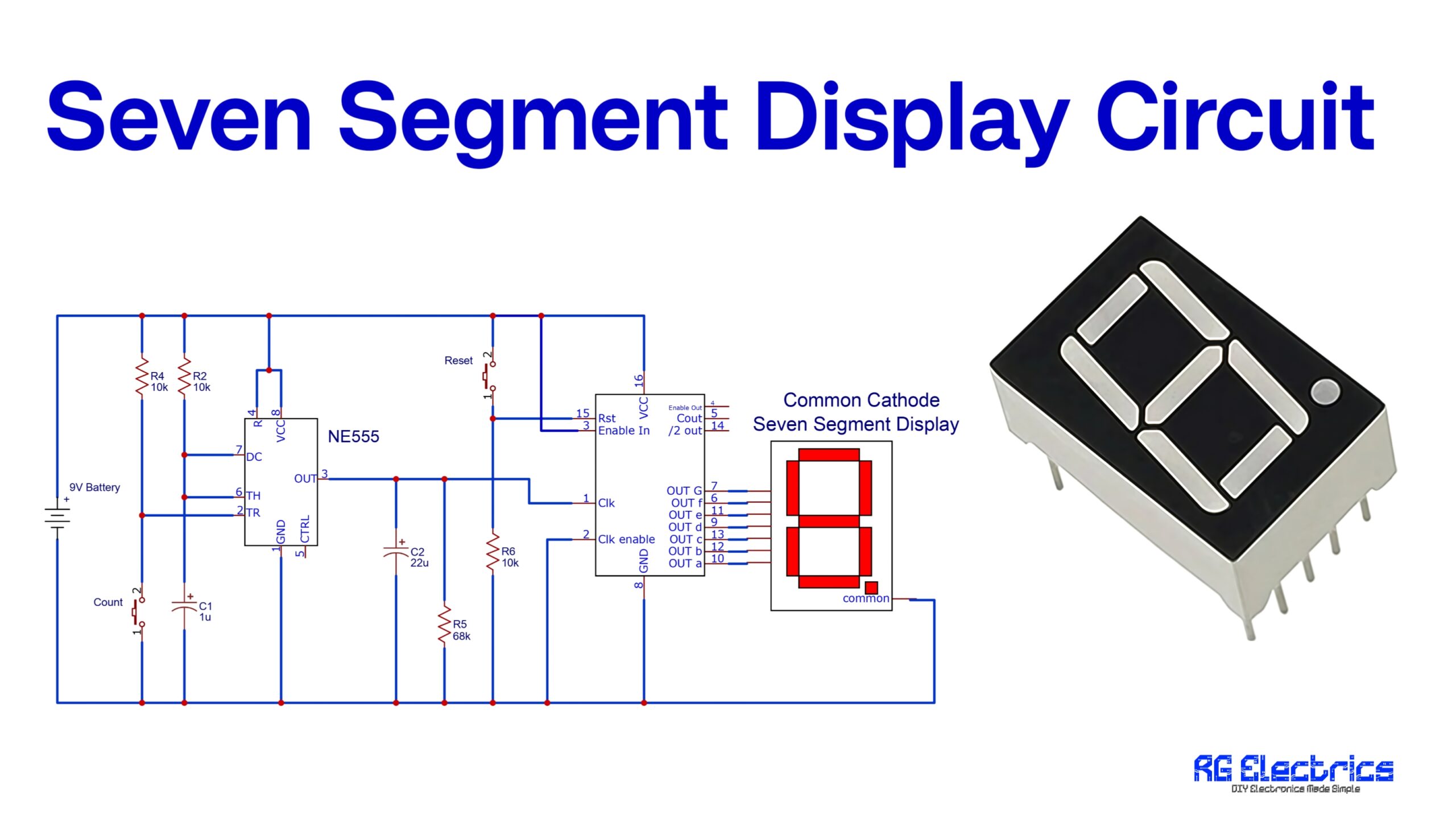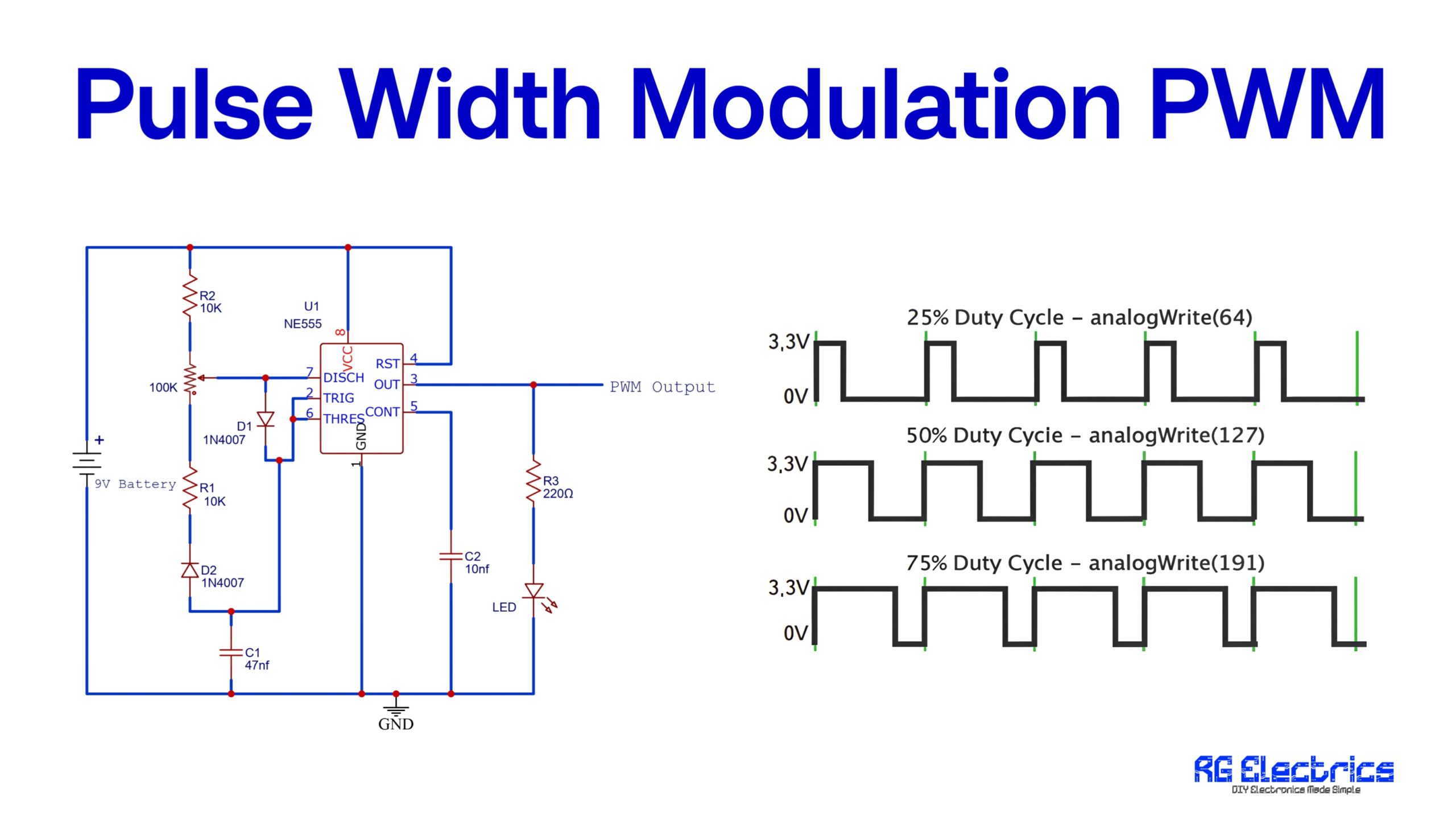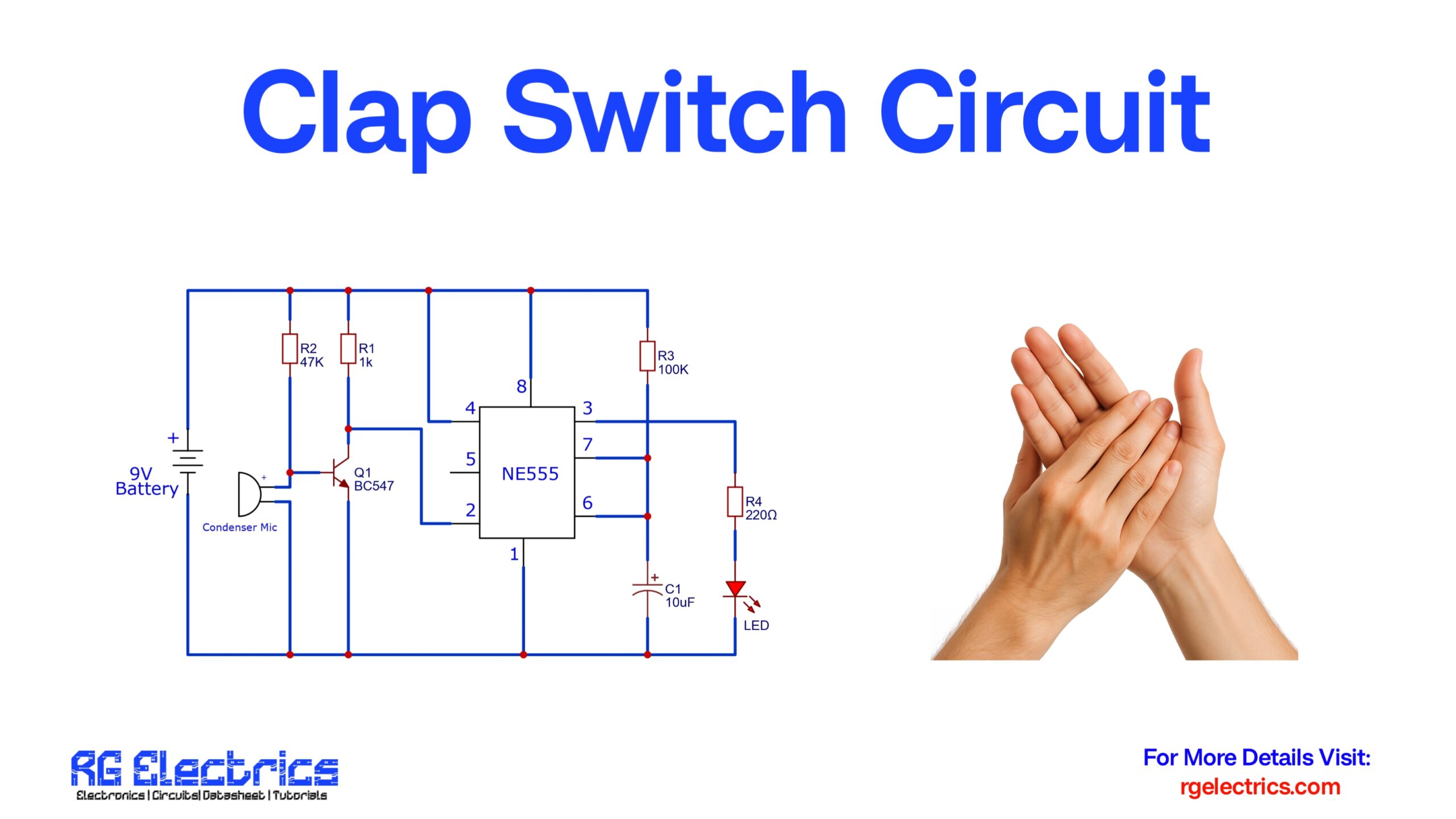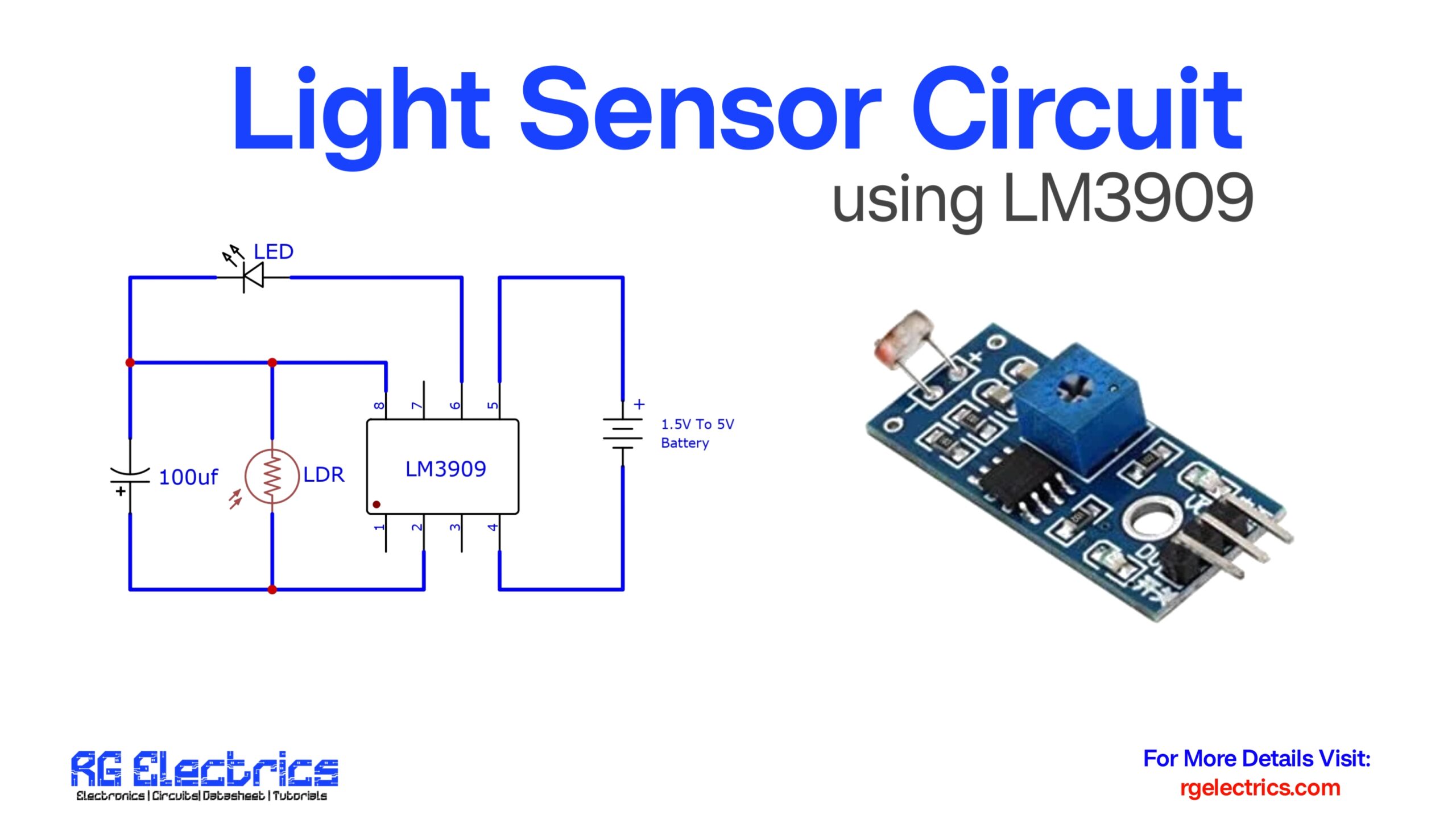Table of Contents
Introduction
A simple touch switch circuit using a BC547 transistor is an easy-to-build and effective project for beginners. The BC547 is a small NPN bipolar junction transistor that acts as a switch in this circuit. The concept involves using body capacitance to trigger the transistor, allowing it to switch on and off a load like an LED or relay.
In the circuit, two touch plates (or wires) are used as the input. When touched, a small current flows through the plates due to the natural capacitance of the human body. This current is sufficient to activate the base of the BC547, turning it on. When the transistor is on, it allows current to flow from its collector to its emitter, completing the circuit and powering the load (e.g., an LED).
This simple touch switch can be powered by a low voltage DC source (5V–9V) and requires only a few basic components: the BC547 transistor, resistors for current limiting, and an output device. The design is compact and can be adapted for various uses, such as turning on lights or controlling small electronic devices.
Components Details
| S.No | Components | Value | Qty. |
|---|---|---|---|
| 1. | Transistor | Bc547 | 2 |
| 2. | Resistor | 100kΩ and 220Ω | 1,1 |
| 3. | LED | – | 1 |
| 4. | Power Supply | 5V – 9v | – |
Bc547 Pinout

The BC547 is a small, general-purpose NPN bipolar junction transistor (BJT) commonly used in low-power switching and amplification applications. It operates by allowing a small current at the base to control a larger current flow between the collector and emitter terminals. With a maximum collector current of 100mA and a voltage rating of 45V, it is suitable for basic switching tasks, like driving LEDs or low-power devices, and can also be used in amplification circuits for signals. Its compact size and versatility make it a popular choice in hobbyist and educational projects.
Circuit Diagram
Simple Touch Switch Circuit using BC547 Transistor
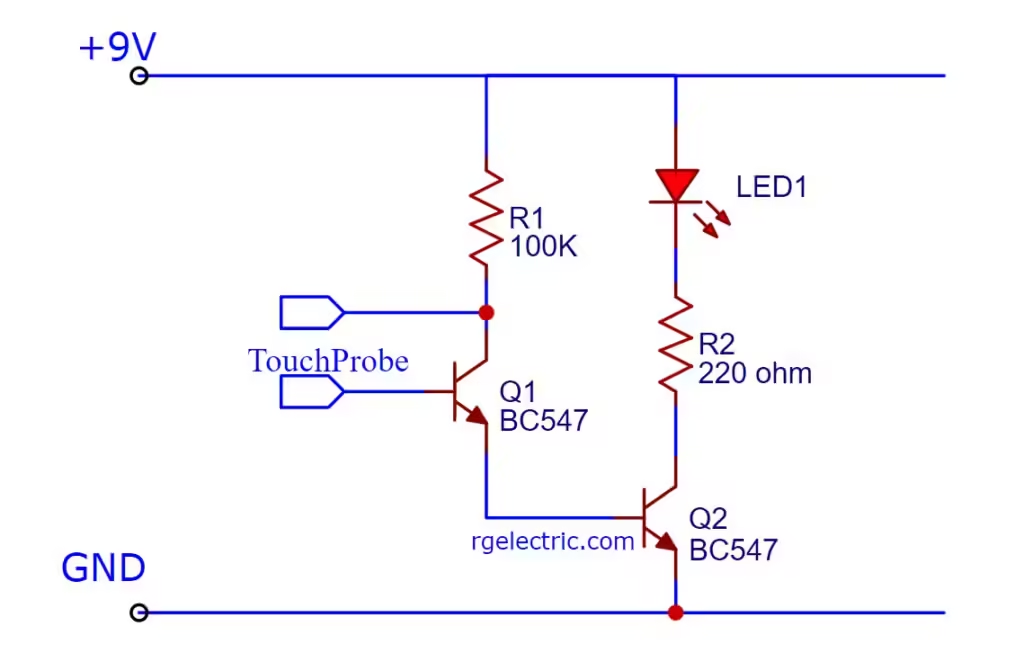
How it works:
- When you touch the two plates with your fingers, the small amount of current caused by body capacitance is enough to activate the base of the BC547 transistor.
- This turns the transistor on, allowing current to flow from the collector to the emitter, which lights up the LED (or triggers the connected device).
- When the touch is removed, the transistor turns off, and the LED (or load) goes off.
Circuit Explanation
- BC547: Acts as a switch that gets activated when a small current flows through the base-emitter junction.
- 10kΩ Resistor: Limits the base current to protect the transistor.
- 470Ω Resistor: Limits the current through the LED to prevent damage.
This basic touch switch can be used to control small devices or can be expanded by replacing the LED with a relay to control larger loads.
Application
A simple touch switch circuit using a BC547 transistor can have various practical applications, especially in low-power electronics and automation. Some of its common uses include:
- Touch-Activated Lighting: Used to turn on or off small LED lights or lamps by simply touching the sensor plate.
- Home Automation: Can be integrated into smart home systems to control appliances such as fans or lights without traditional mechanical switches.
- Security Systems: Acts as a silent switch in security systems, allowing users to enable or disable alarms by touching a hidden plate.
- Toys and Gadgets: Touch-sensitive controls in electronic toys and gadgets, offering a more interactive and intuitive user interface.
- Capacitive Sensing Applications: Used in various electronics where physical switches are replaced by touch-sensitive controls for ease of use and modern design aesthetics.
- Prototyping and Education: A great tool for students and electronics hobbyists to learn about touch-sensing technology and transistor operations in a simple and cost-effective way.
These applications highlight the versatility of a BC547-based touch switch in both simple and more complex electronic systems.
